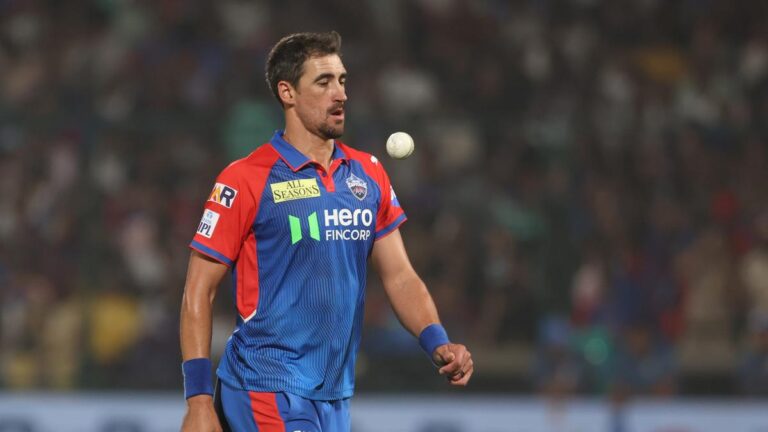
Mitch Starc was stunned when a back-foot no-ball, not a front-foot one, cost him in Delhi’s Super Over win against Rajasthan. The rare rule came into play after a third umpire review. Here’s a quick dive into this uncommon cricket law.
1. What is a back-foot no-ball?
It happens when the bowler’s back foot lands on or outside the return crease during delivery.
For a legal ball, the back foot must land fully inside the return crease — not touching or crossing it.
2. How is it different from a front-foot no-ball?
Front foot: Some part must be behind the popping crease.
Back foot: Must land completely inside the return crease. Touching or going over = no-ball.
3. Why does this rule exist?
To stop bowlers from creating extreme angles that make umpiring difficult.
It ensures fair play and keeps delivery angles in check.
4. What happens if a back-foot no-ball is called?
Batting side gets 1 extra run.
Next ball is a free hit.
Batter can’t be dismissed — except by run out, obstructing the field, or handling the ball.
5. Who calls back-foot no-balls?
Mostly, the on-field umpire does.
In leagues like the IPL, the third umpire uses replays.
It’s harder to spot than front-foot no-balls.
6. Can the foot go outside the return crease in the air?
Yes — hovering is fine.
Only the point where the foot touches the ground matters.
If that contact is outside or on the crease = no-ball.